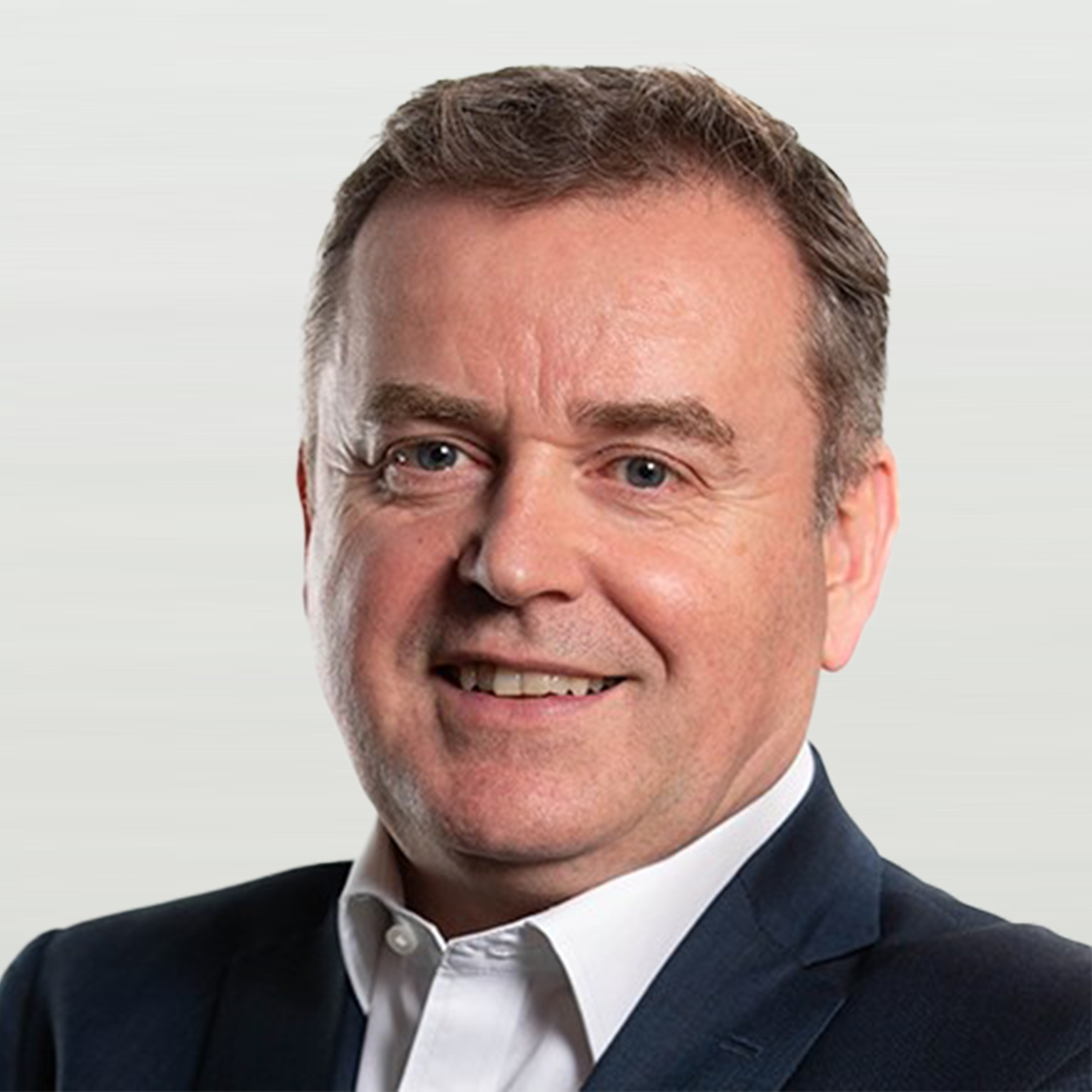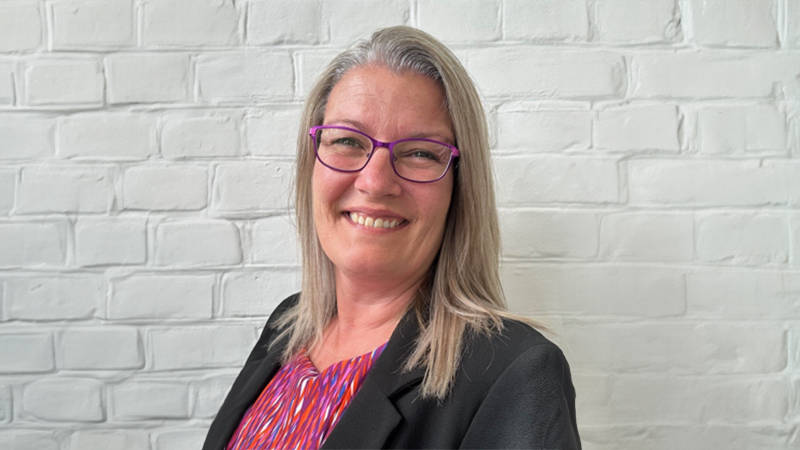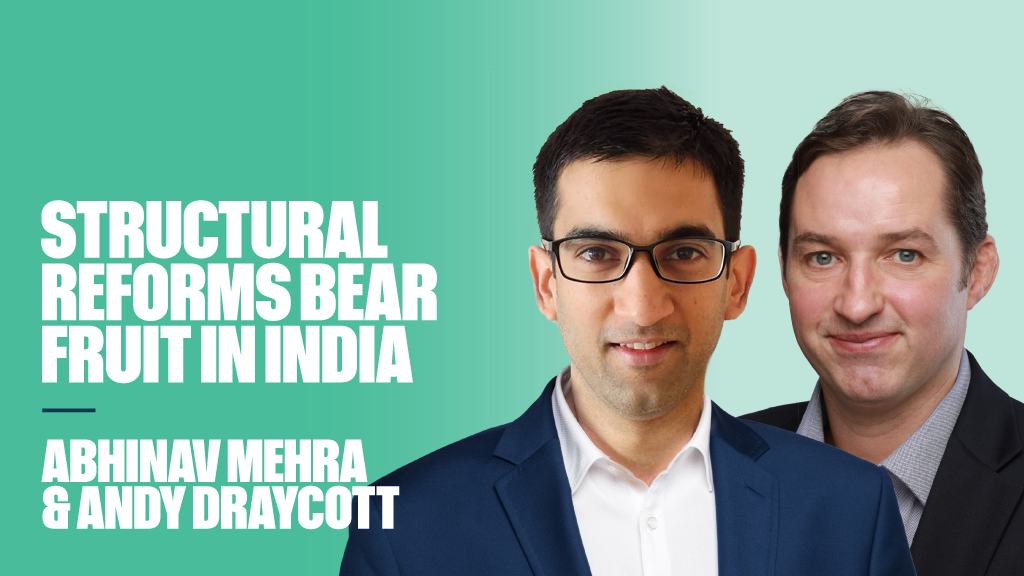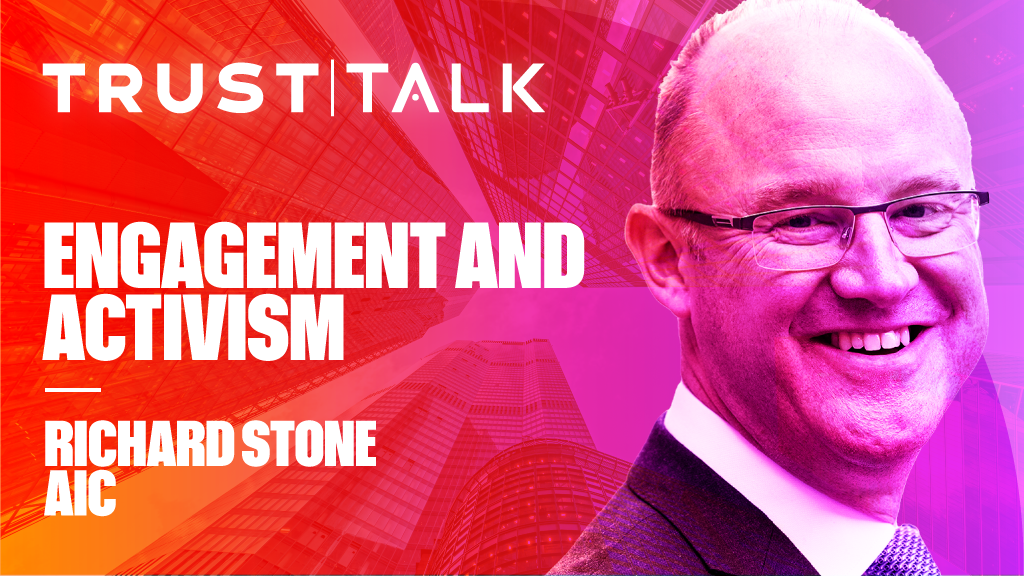
In the latest in our series, Portfolio Adviser hears from GAM Investments head of UK distribution Rob Bailey (pictured right)
Which asset classes and strategies do you anticipate intermediary clients focusing on over the rest of the year and into 2022?
We are seeing a lot of demand for yield as bonds are highly valued. The UK equity market had a challenging 2020, with the FTSE down 10% while, for example, the Nasdaq ended the year up 40%. But with UK companies starting to pay dividends again, and M&A activity picking up due to cheap valuations, we see an opportunity emerging for investors in UK equities.
In recent years, we have witnessed rapid changes in technology. In turn, this has created big winners and losers and so we see an opportunity too for clients to invest in those winning companies with disruptive characteristics and substantial potential for future growth. The pandemic also accelerated the focus on sustainability and demand for sustainable investments – these remain at the forefront of our clients’ minds.
Should end-investors – and, by association, asset managers – be thinking beyond equity and bond investments? Towards what?
Uncorrelated investments are often regarded as a panacea to reduce the impact of market movements across a portfolio but there are limited options available among regulated asset classes.
Property has historically been popular with investors but increasing awareness about a lack of liquidity may mean they become more cautious about it in future. While asset classes in the alternatives space tend to be less liquid, without these alternatives you can end up with less diversification in portfolios.
‘Cat’ bonds offer one option for portfolio diversification. With returns linked to the occurrence of catastrophes – such as earthquakes or windstorms – rather than economic drivers, cat bonds tend to perform independently of traditional asset classes.
While mortgage-backed securities are arguably still recovering from the damaging blow to their reputation in the wake of the 2008 financial crisis, they offer a low correlation to traditional fixed income and equity markets. Given the increase in property prices over recent years, investing with an experienced team who choose and manage exposures carefully is worth considering as a portfolio diversifier.
“With such a wide range of complex factors affecting markets, now is a time for active management to shine”
Given client and regulatory pressure on charges, how is your business delivering value for money to intermediaries and end-clients?
At GAM, we are committed to leading the way on innovation and sustainable thinking to deliver value for our clients – and the quality of people we have working for our clients is what makes this possible. Our fund managers are leading thinkers in their respective areas. They are at the forefront of emerging trends and developments in their asset classes.
Our performance also speaks for itself. Several of our strategies have strongly outperformed their benchmarks. They are among the top performers in their peer groups over one, three and five-year periods, demonstrating the benefit of an active management approach. This has especially been the case when faced with challenging and unprecedented market conditions.
While the focus on fees the industry charges has driven many investors to passives, these investments have not always delivered the best outcomes. With such a wide range of complex factors affecting markets, from rising gas prices in Europe to geopolitical risks to central banks’ plans to taper their asset purchases, now is a time for active management to shine.
How much of your distribution is currently oriented towards ESG issues and sustainable investing? How do you see this evolving?
GAM placed sustainability at the heart of its strategy in 2020 while, earlier this year, Stephanie Maier joined us as global head of sustainable and impact investment. Since then, we have made significant progress both in terms of how we operate as a firm and the investment strategies we offer to meet our clients’ needs.
In January 2021, we launched a sustainable version of our longstanding local emerging bond strategy. And in September, we launched a sustainable climate bond strategy to further build on our sustainable product range. The new strategy recognises the pivotal role banks will play in the environmental transition – especially when it comes to sustainable financing further down the supply chain to small and medium-sized businesses. It invests in green and sustainability bonds issued by European financials. We are also planning to launch a sustainable version of our systematic macro strategy later this year.
We have taken these steps in response to what our clients want and expect their appetite for sustainable approaches will continue to increase.
“The dominance of pre-arranged video calls has affected the ability to have spontaneous discussions”
In what ways do you think the experience of lockdown has permanently affected or changed the asset management sector?
The dominance of pre-arranged video calls has affected the ability to have spontaneous discussions. That can impact idea generation and sharing, but I expect this to be temporary as we move towards a hybrid approach with time spent both at home and in the office.
At times during lockdown, we all felt overloaded by email and web-based communications. This can reduce human capacity to spot good, fresh ideas. Thankfully we are now moving away from that unusual way of working, as otherwise I believe the risk would have been greater concentration among the industry’s biggest players who benefit from the highest level of brand recognition.
How do you plan to balance face-to-face and virtual distribution? Have you identified aspects where one is especially better (or worse) than the other?
In recent weeks, we have met some clients face-to-face. The feedback we have had from those meetings has been positive and shows some in-person interaction will remain important, especially when meeting fund managers. Ultimately though, we will be guided by what our clients want. I expect that will end up being a combination of face-to-face, video calls and other web-based communication channels that have evolved in recent years.
Did you manage a staycation or to get abroad this summer? Whereabouts and how was it?
Unfortunately, neither! I took a week off at home but, in classic British style, it rained all week. I am planning to make up for it by going abroad in November to catch some autumn sunshine – restrictions permitting …
What aspects of your own lockdown routine do you expect to continue with as people migrate back to office-working?
It is strange to think back to a time before the pandemic, when video-calling was relatively rare. Now it is a constant feature of our day-to-day. I think video calls with clients are here to stay.
More generally, what are you expecting from ‘the new normal’?
I have enjoyed having face-to-contact with people again, after such a long period deprived of it. I know many of my colleagues feel the same way. It is odd to think that still feels like a novelty.
It is clear we have learned some lessons from the pandemic about how we want to live our lives and ways of working. It is all about balance. It is important to spend time in the same room as colleagues and clients because you cannot fully develop a rapport over a screen. Most of the people I meet share that view, so I expect a mixed approach will be the ‘new normal’.











